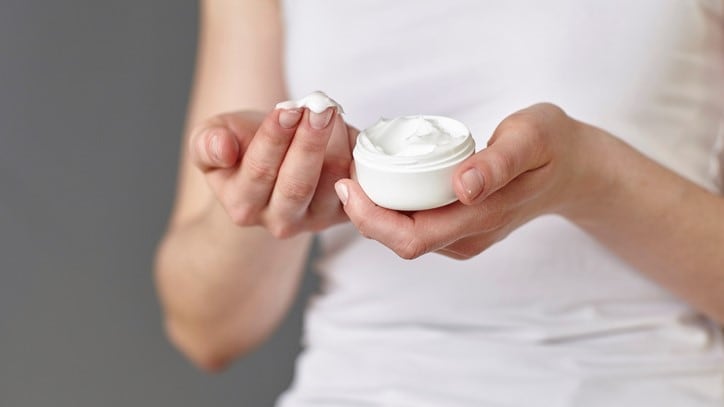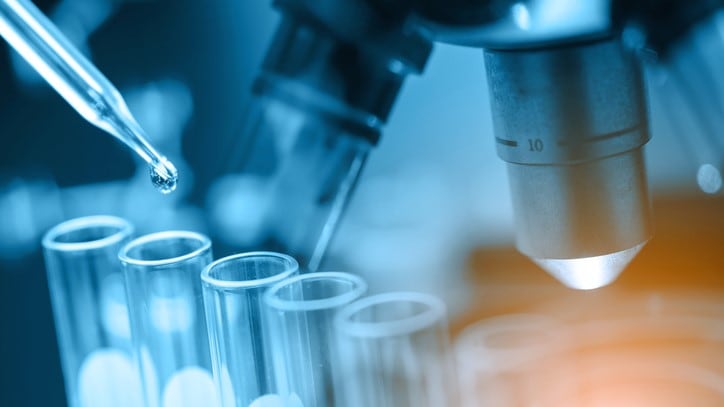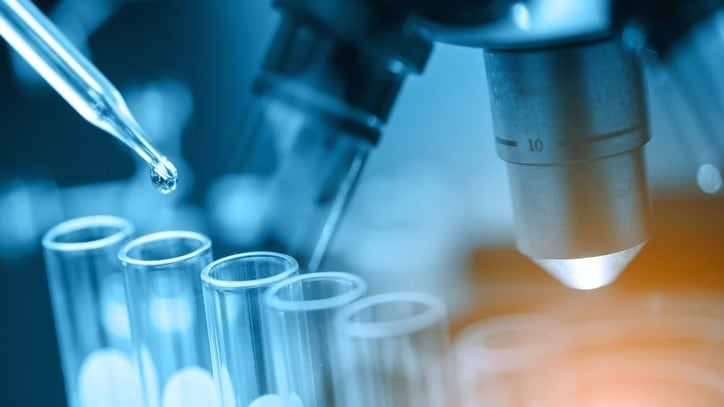The Cutometer is a globally recognised tool for assessing skin elasticity, offering valuable insights for skin research and cosmetic development.
However, previous studies have thrown up inconsistencies in data, and few have been undertaken on Chinese women.
In human efficacy evaluation tests using the Cutometer, the R0 or F4 values created may be used to evaluate skin firmness,
Meanwhile, the R2, R5, or R7 values can serve as parameters for skin elasticity. The Q parameters can be applied to assess tightening efficacy.
This study recruited 60 healthy Chinese female volunteers in the east of the country aged between 18 and 70 years, with an average age of 41.2 years.
During the test, researchers used the Cutometer Dual MPA 580 to measure skin elasticity on the cheekbone area of the face.
Generally, most parameters displayed a negative correlation with age, with several demonstrating a significant inverse relationship.
The biggest drop was seen in the parameters that correlate to skin elasticity, with R7 in particular displaying a strong link to skin ageing.
One anomaly to previous research could also have a significant impact on how products are rated in relation to skin firmness efficacy, effectively turning the existing data interpretation on its head.
The researchers noted: “In skin firmness evaluations, R0 and F4 are commonly used as key indicators. R0 represents the maximum deformation during the first cycle, while F4 represents the total area under the upper curve after 10 cycles.
“Typically, smaller R0 and F4 values indicate firmer skin. However, in this study, R0 and F4 demonstrated negative correlations with age. This finding contrasts with the conventional interpretation of these parameters in skin firmness assessments, where a significant reduction in R0 or F4 after 28 days of product use is typically considered an improvement in skin firmness in cosmetic efficacy studies.”
The researchers have encouraged further studies to be undertake to gain a deeper understanding of the role of skin elasticity and enhance the development of more effective anti-ageing treatment strategies.
“This study analyzes the mechanical characteristics of ageing solely based on Cutometer test parameters, with a research sample limited to Chinese women. It is recommended that the sample size is expanded and studies on skin are conducted that include different ethnicities and genders,” they added.
“The results offer valuable insights for evaluating cosmetic efficacy, reinforcing the need for a nuanced understanding of how various parameters interact. These findings contribute to the ongoing development of more effective anti-ageing treatments and products.”
Source: Cosmetics
https://doi.org/10.3390/cosmetics11060205
“Research on the Correlation Between Skin Elasticity Evaluation Parameters and Age”
Authors: Dandan Chen, et al




